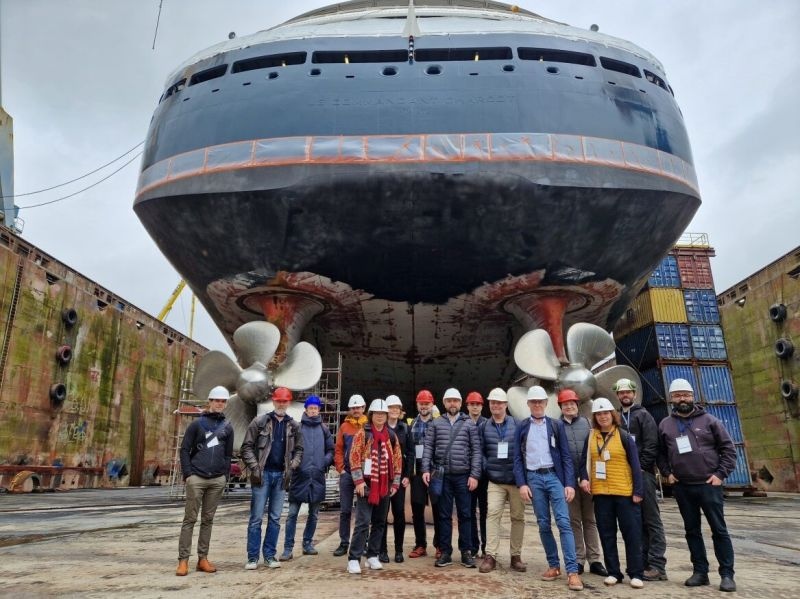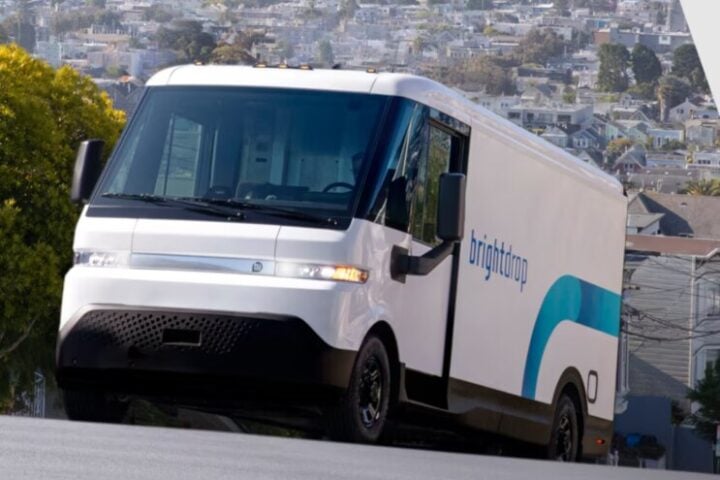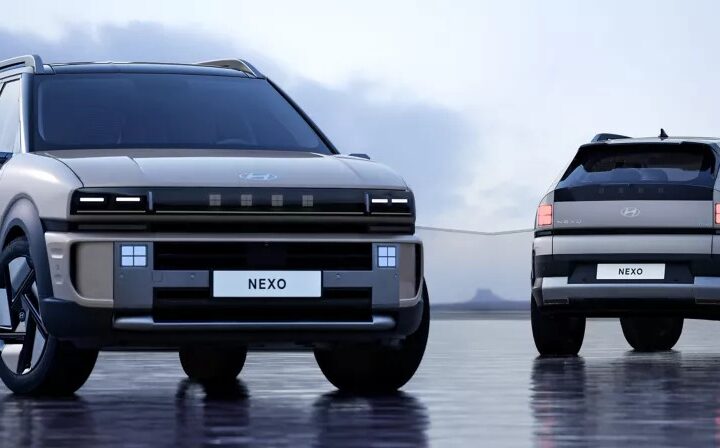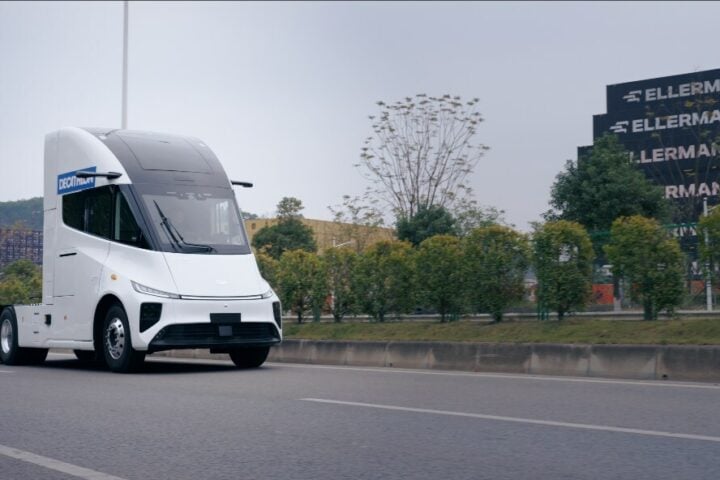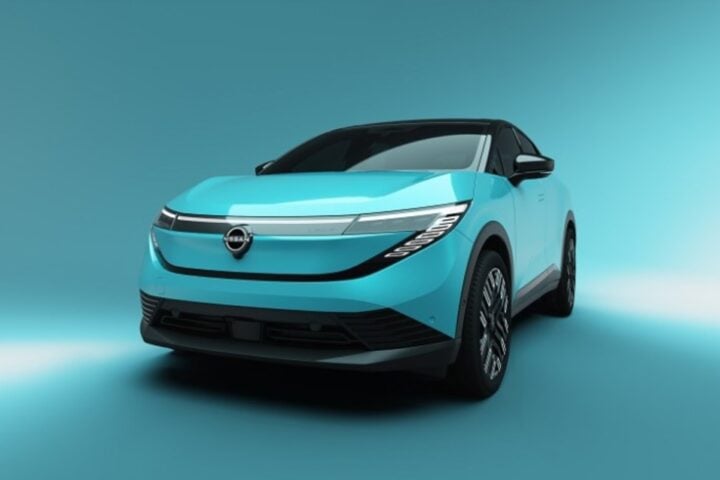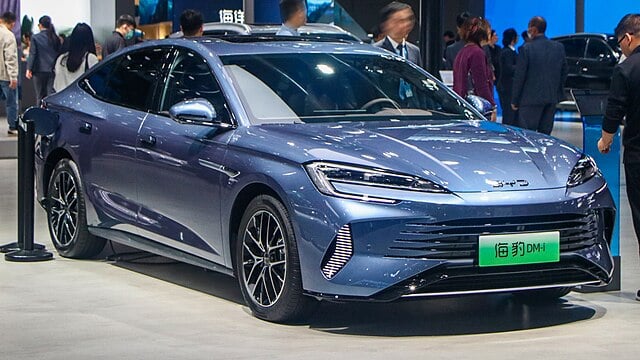NEMOSHIP is a global initiative to make zero-emission ships a reality by 2030 with the development and demonstration of commercial feasible ships. (+Tommy Olofsen) To deliver this overarching Zero-Emission Shipping Mission, the project is orientated to have a least 5% of the global deep-sea fleet running on well-to-wake zero-emission fuels by 2030. Its objective is to align the global maritime industry with the ambitions of the Paris Agreement on Climate Change.
Challenges and Objectives
To achieve this, the NEMOSHIP consortium has pinpointed a number of main challenges: how to install and operate large batteries in a safe and knowledge-based manner, how to standardise installation and integration solutions across multiple vessel and electrical grid categories, how to reach a competitive Total Cost of Ownership (TCO) compared to conventional fossil-based solutions, how to realise operational benefits from batteries to enable longer zero-emission sailing and how to upskill shipowners and operators in best decision making and operation.
To tackle these tough spots, NEMOSHIP will make a mix-and-match battery power store system that can use different kinds of batteries. It will also make an online digital space that uses data to pick the best and safest way to use energy. The project will show off these new ideas at a high level of development for ships that use both fuel and electricity and show they can work for ships that just use electricity.
For example, Nemoship met in April for their technical meeting regarding the vessel from Ponant, “Le Commandant Charcot.” This vessel was selected for WP6 to demonstrate Nemoship’s digital platform innovation.
“This vessel is a polar exploration passenger vessel of 31,700 UMS built in 2021 and equipped with the latest technologies to reduce its carbon footprint,” Nemoship stated in a press release. “The vessel is equipped with 6 dual fuel engines (total power 42 MW) using LNG as fuel, stored in membrane tanks of 4,500 m3 to supply an electrical propulsion system composed of 2 azimuth PODs. The electrical grid is supported by 4.5 MWh of Li-Ion batteries from the ORCA series, delivered by CORVUS. In practice, two batteries systems of 2260 kWh each have been connected on each side of the 11 kV main switchboard in two dedicated energy storage rooms,” Nemoship noted.
Milestones and Impacts
By 2030, the Zero-Emission Shipping Task aims for:
- At least 200 ships mainly use clean fuels on big sea routes.
- Ships that run on no-pollute fuels like pure hydrogen, pure ammonia, pure methanol, and top biofuels form at least 5% of the world’s deep-sea ships by how much fuel they use.
- Ten big ports on at least three continents offer clean fuels.
The NEMOSHIP group thinks by 2030, their new ideas will: make about 7% of the EU ships use electricity, bring in around €300M from selling their stuff and help, cut down the EU’s ship pollution by 30% compared to what’s normal, and make at least 260 direct jobs (with over 1000 more not direct).
Key Achievements
NEMOSHIP has accomplished several important milestones in their journey, which are worth highlighting:
- Technical Feasibility: They have successfully proven the technical feasibility of a modular Battery Energy Storage System (BESS). This groundbreaking system allows for the use of different types of storage units, making it highly adaptable and efficient.
- Integration Methodologies and Standards: Through a Formal Safety Assessment, NEMOSHIP has developed and established integration methodologies and standards. This ensures that their innovative technologies can be seamlessly integrated into existing systems, prioritizing safety and reliability.
- Cloud-Based Digital Platform: NEMOSHIP has gone a step further by creating and validating a cloud-based digital platform. This platform utilizes data-driven approaches, enabling efficient and effective utilization of resources.
- Demonstrations: NEMOSHIP has conducted real-world demonstrations of their innovations on various vessels. They have successfully retrofitted a hybrid Offshore Service Vessel and designed a cutting-edge hybrid cruise vessel. Additionally, they have conducted semi-virtual demonstrations for two fully electric vessels. These demonstrations showcase the practicality and effectiveness of their advancements.
Similar Posts
NEMOSHIP’s achievements reflect their commitment to pushing the boundaries of maritime technology, making significant strides in improving energy storage, integration, and digitalization.
Funding and Support
The NEMOSHIP project relies heavily on government funding. Here are some important aspects of government funding in the project:
- Central Government Funding: The central government provides financial support for the official attributes of NEMO, ensuring that its major goals are backed financially.
- EU Funding: The project receives support from the European Union as part of the Horizon 2020 research and innovation program. This funding comes under the grant agreement number 860441.
- Additional EU Funding: The EU has also granted extra funds to further support the project in achieving its objectives and mission.
- Regulatory Adjustments: NEMO Maritime acknowledges that certain regulatory adjustments will be necessary on the Norwegian continental shelf to use CO2 storage, which is currently tailored for oil and gas fields.
- EU Funding for Digitalization: The project benefits from EU funding programs focused on digitalization and automation, which help advance the sharing of digital information.
- EU Funding for Sustainable Shipping: The project’s focus on reducing emissions aligns with EU programs that promote environmentally friendly shipping and aim to minimize its impact on the environment.
- EU Financing for Maritime Traffic Notification Service: The European Commission has approved EUR 2.72 million to implement the new Maritime Traffic Notification Service, or NEMO.
By maintaining a strong dependence on government funding and leveraging various sources of support, the NEMOSHIP project can effectively work towards its goals.
To sum up, the NEMOSHIP project is a critical step towards achieving zero-emission shipping by 2030. By developing and demonstrating innovative technologies and methodologies, NEMOSHIP aims to make zero-emission vessels the natural choice for ship owners, laying the foundation for a zero-emission shipping future and accelerating progress towards net zero pathways.
